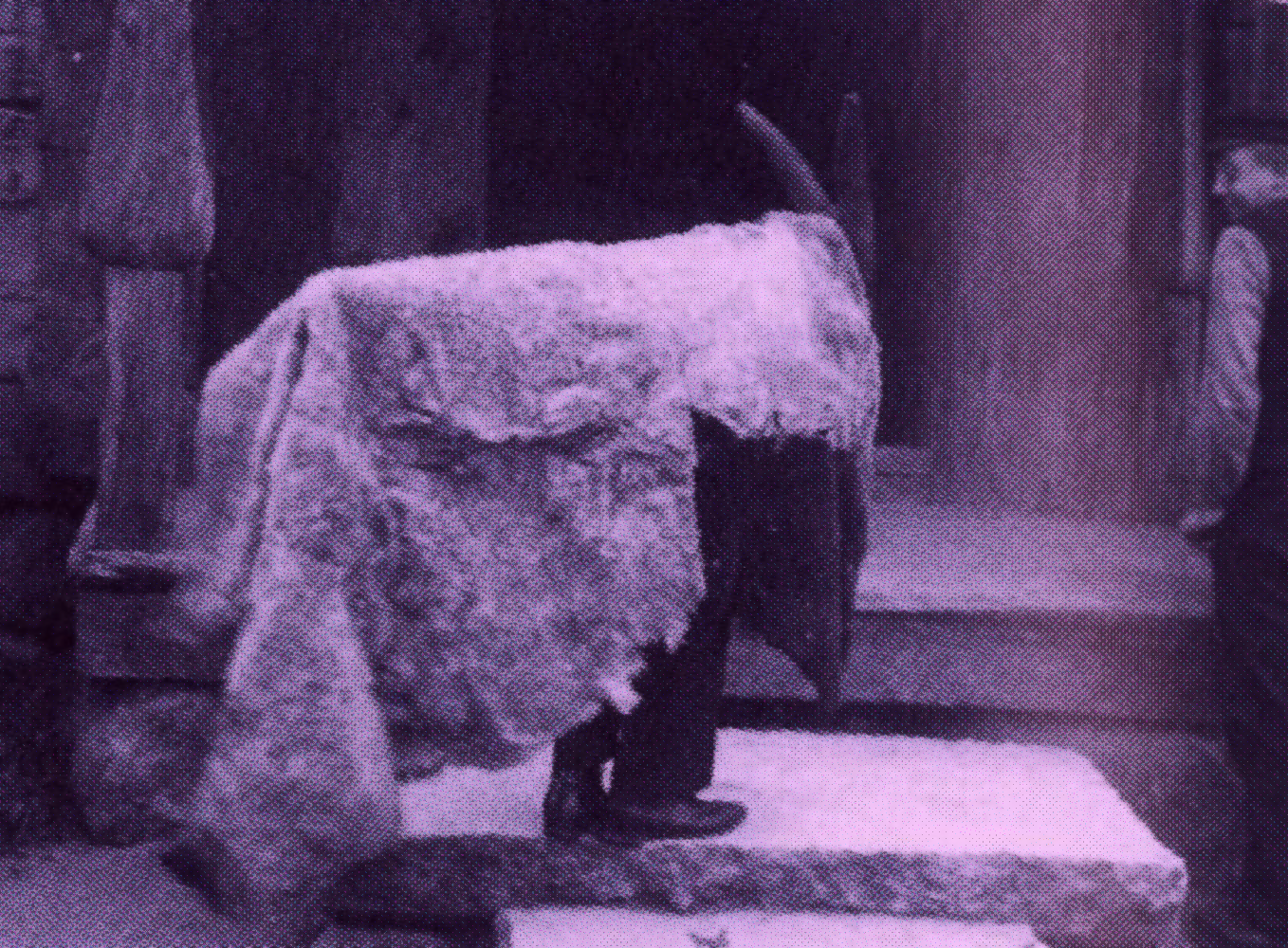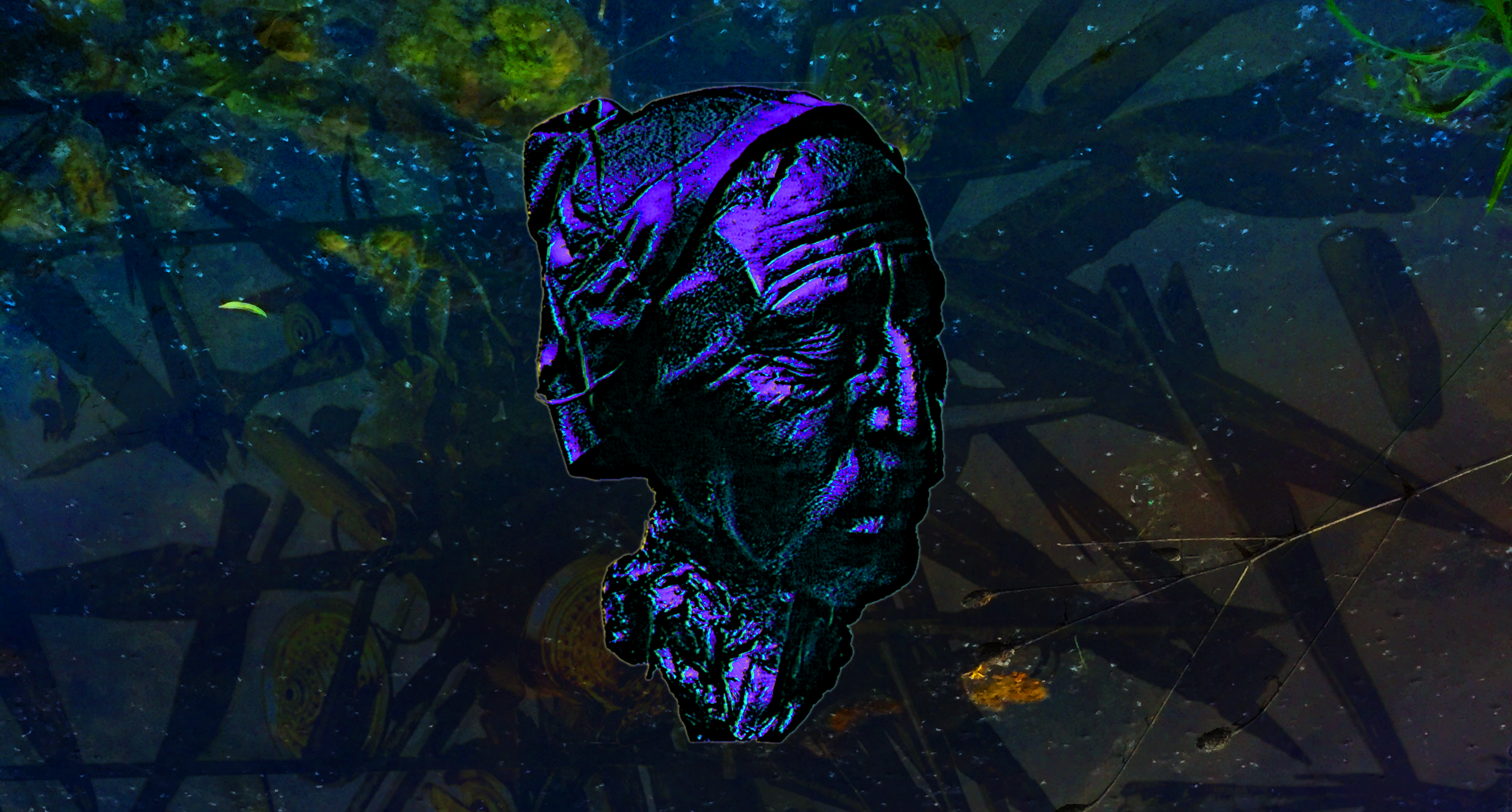Brute Norse Podcast ep. 15: Pagan Christmas
/Woe is me, it’s the ghost of Brute Norse podcasts. In this episode Eirik shares what the holidays mean to him as a homesick barbarian/contrarian, and covers some of the many yuletide horrors past folks had to put up with. And concerning the paganism of Christmas: Norse religious festivals were determined according to a lunisolar calendar, so when exactly did the vikings celebrate jól, what exactly is its relationship to the winter solstice, and why does any of that matter to you and me?
Admittedly, a lot of the material in this podcast has been covered in this article, now available to your listening pleasure due to popular demand! Happy Yule!
Check out the Brute Norse Yuletide playlist here.











